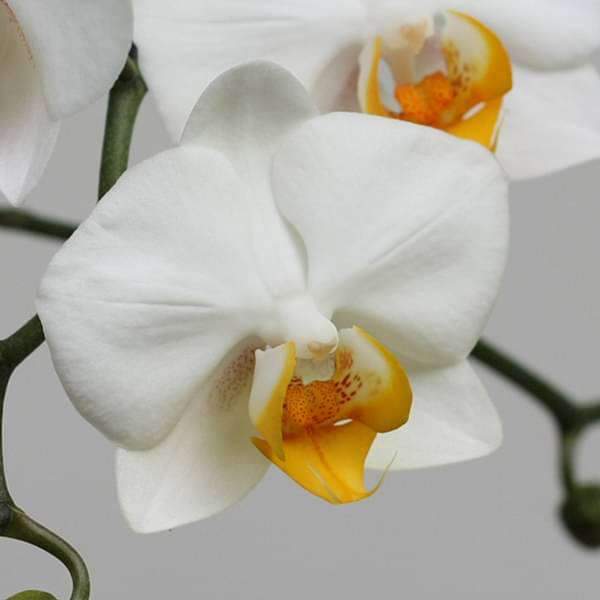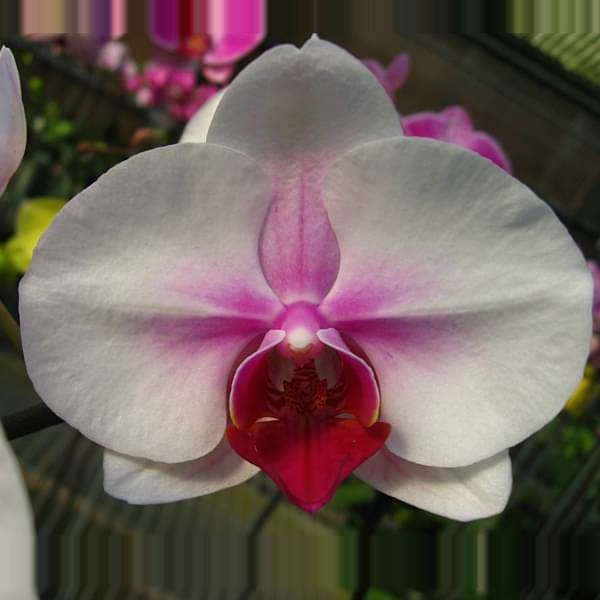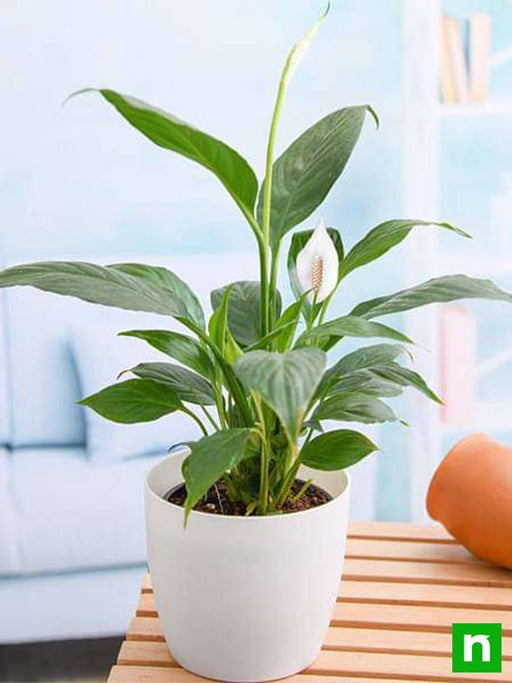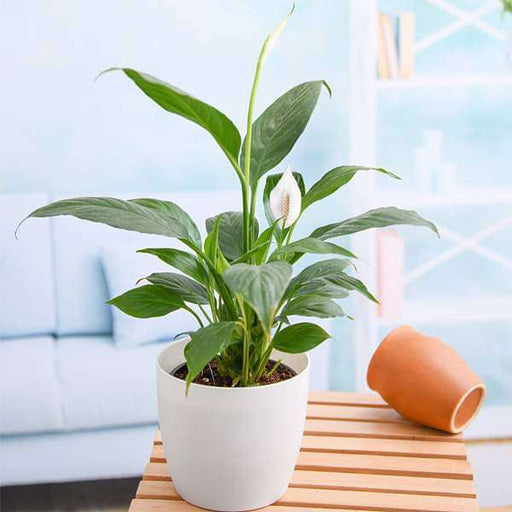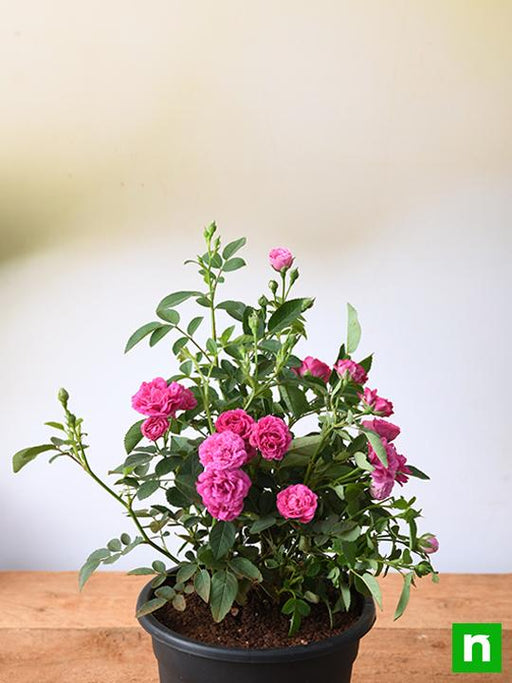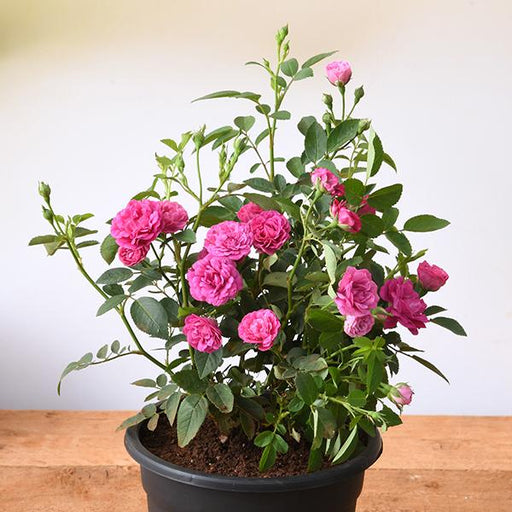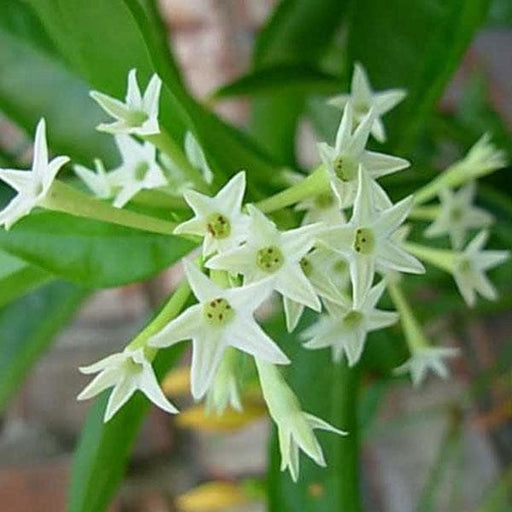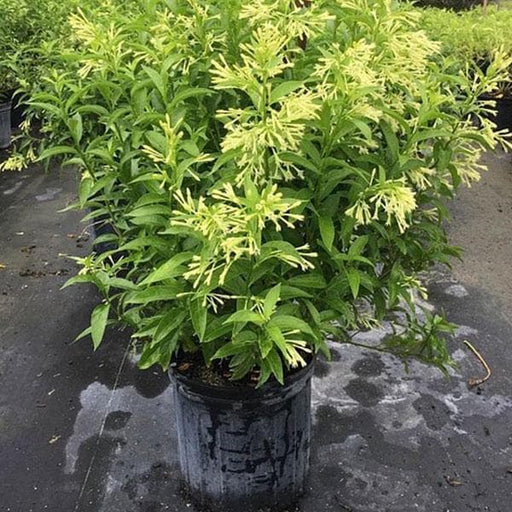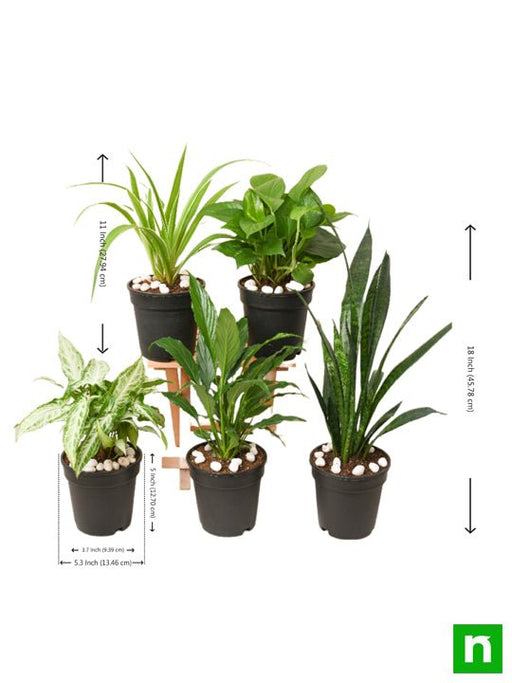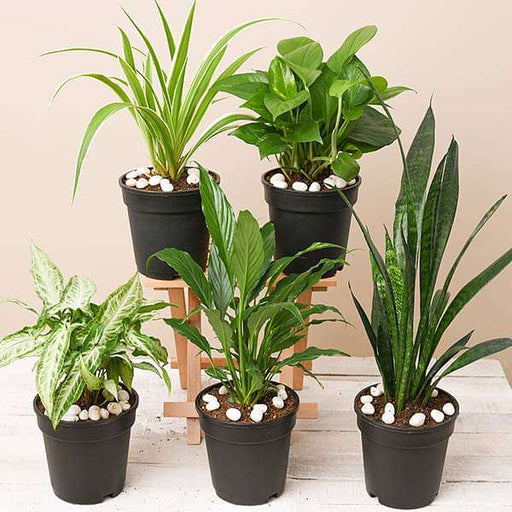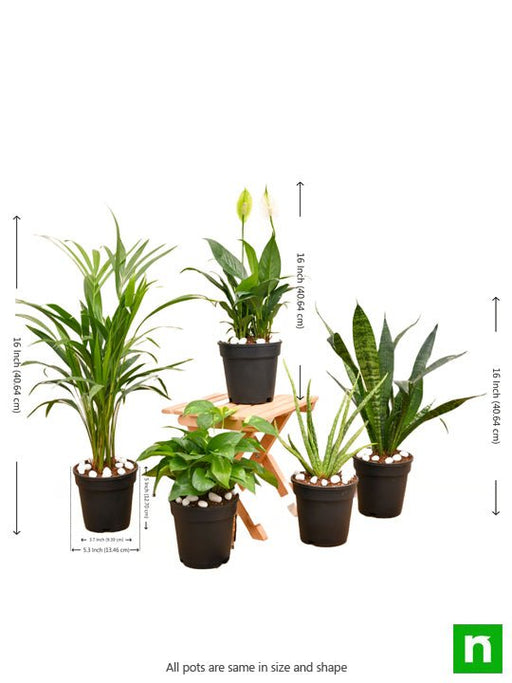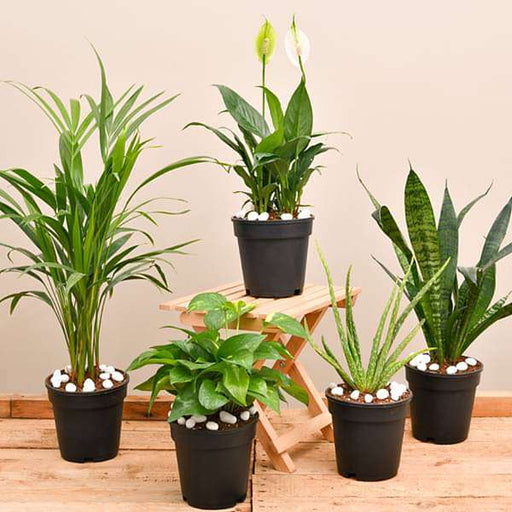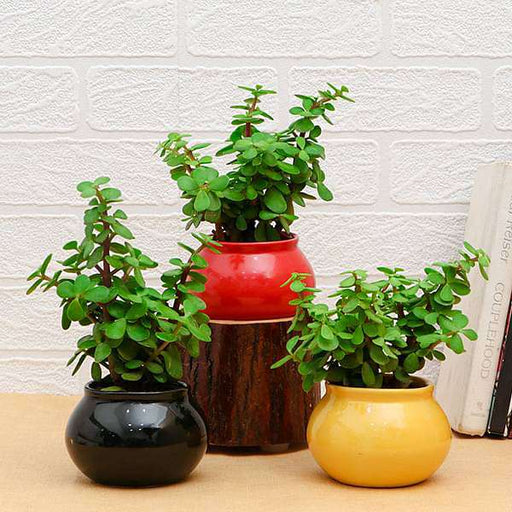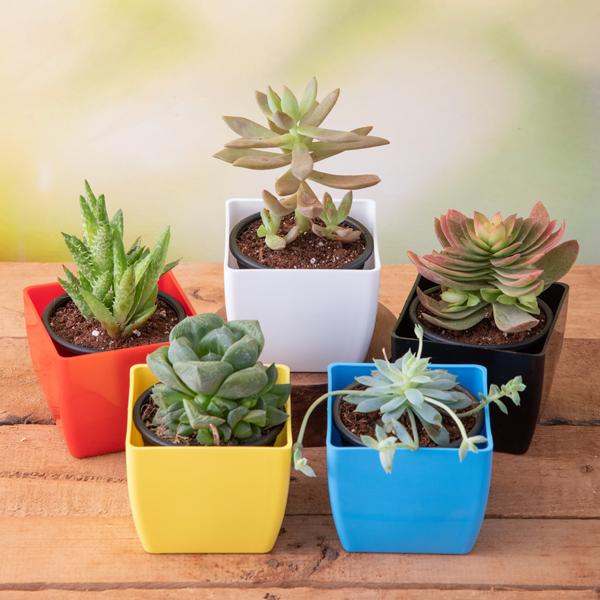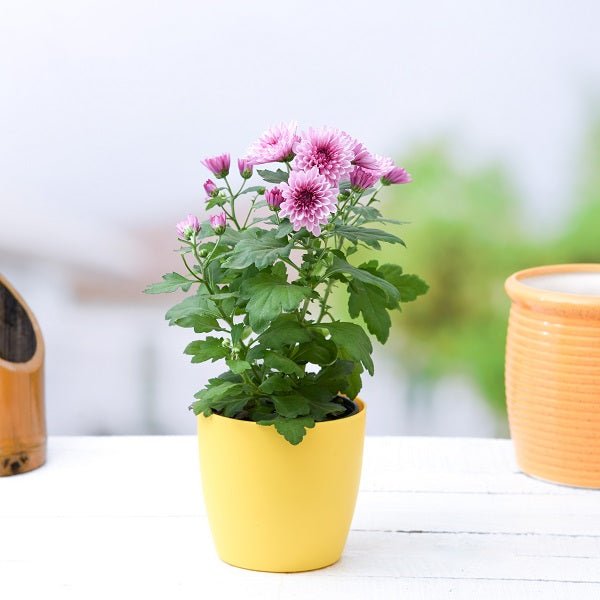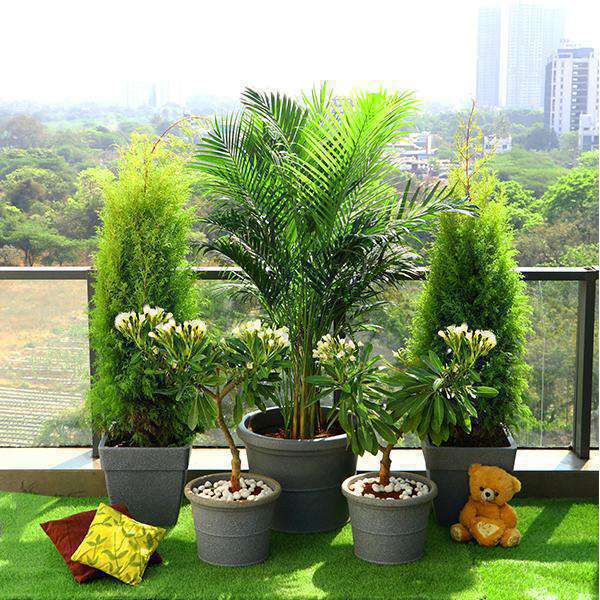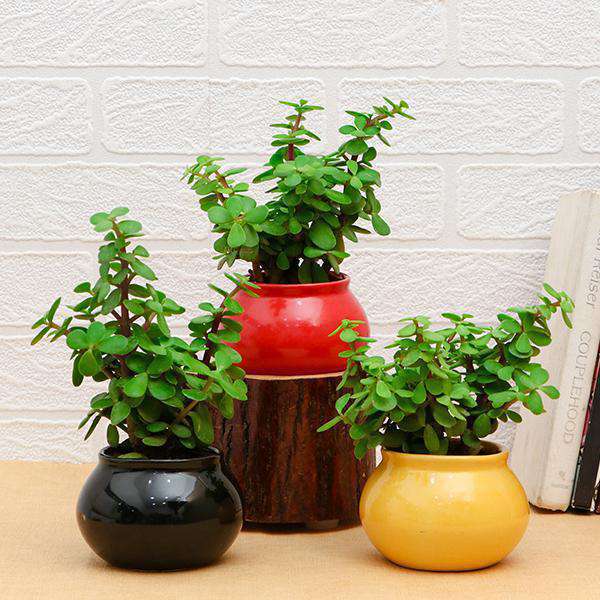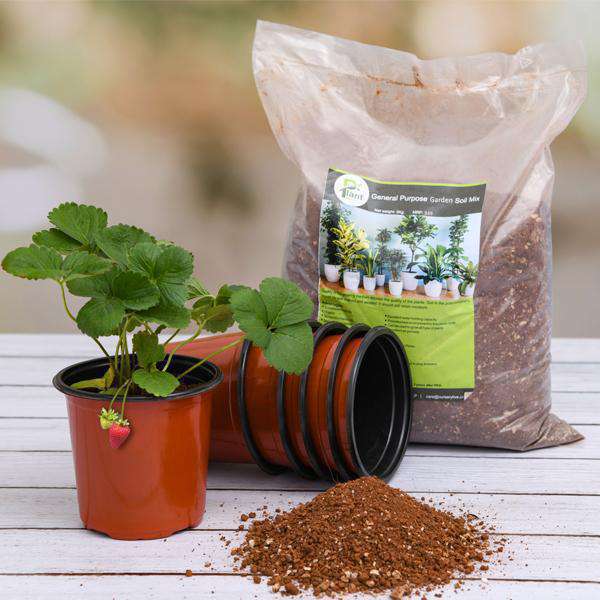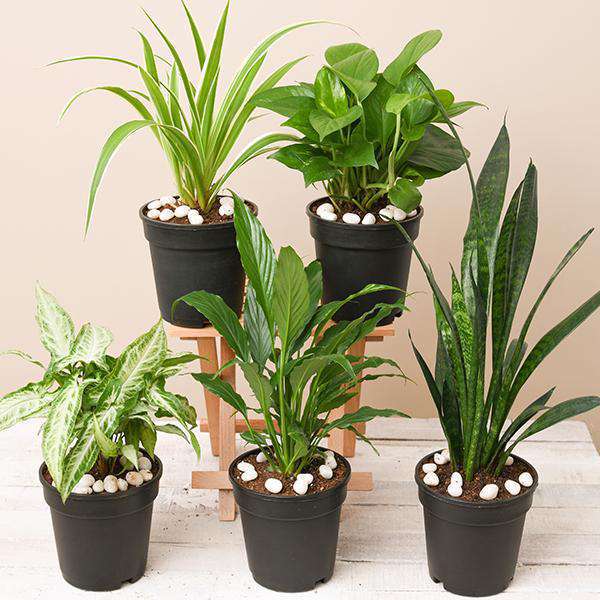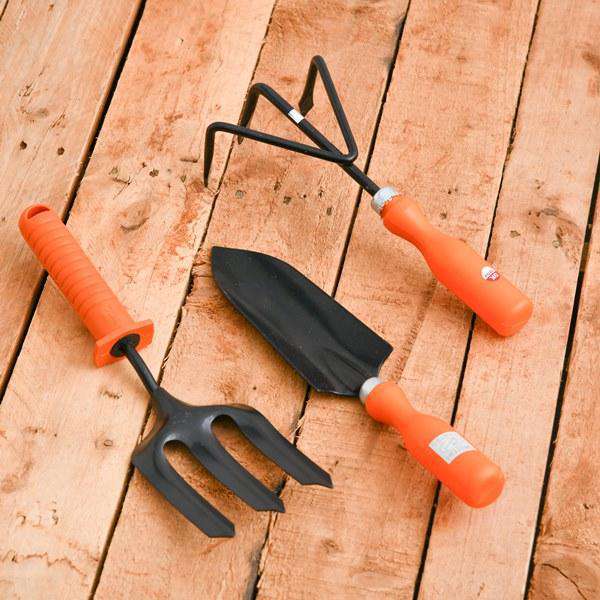Phalaenopsis Orchid Care
Caring for your Phalaenopsis Orchid is like nurturing a diva; it requires just the right amount of attention and pampering. These beauties thrive in bright, indirect light and prefer a cozy temperature range of 65-75°F. Water them when the potting medium feels dry, but don’t drown them—overwatering is the ultimate betrayal. Fertilize every couple of weeks during the growing season, and watch them bloom like they’re auditioning for a floral fashion show.
Phalaenopsis Orchid Varieties
The world of Phalaenopsis Orchids is as diverse as a box of chocolates. From the classic white to vibrant pinks and yellows, each variety has its own personality. Some flaunt spots and stripes, while others are as smooth as a jazz tune. Choosing a variety is like picking a favorite child—impossible! Just remember, each one brings its own flair to your plant collection.
Phalaenopsis Orchid Potting
Potting your Phalaenopsis Orchid is akin to finding the perfect outfit; it needs to fit just right. Use a well-draining orchid mix, ideally with bark and perlite, to keep those roots happy. Choose a pot with drainage holes, because nobody likes soggy feet—especially not orchids! Repot every couple of years to refresh the medium and give those roots room to stretch.
Phalaenopsis Orchid Blooming
When your Phalaenopsis Orchid decides to bloom, it’s like a surprise party you didn’t know you were throwing. These orchids can flower for months, showcasing their stunning blooms like a red carpet event. To encourage blooming, ensure they get enough light and a slight temperature drop at night. It’s all about creating the right ambiance—think romantic dinner, not a fast-food joint.
Phalaenopsis Orchid Fertilizer
Choosing the right fertilizer for your Phalaenopsis Orchid is like picking the perfect wine for dinner; it can make or break the experience. Opt for a balanced orchid fertilizer, ideally one that’s diluted to half strength. Feed them every two weeks during the growing season, and watch them thrive like they just discovered a new skincare routine.
Phalaenopsis Orchid Propagation
Propagating Phalaenopsis Orchids is like trying to clone your favorite celebrity; it’s tricky but oh-so-rewarding. You can propagate through keikis, those adorable little offshoots that pop up on the flower spike. Just wait until they have roots, then gently separate them and pot them up. It’s a labor of love that can lead to a mini orchid army in your home.
Phalaenopsis Orchid Diseases
Just like humans, Phalaenopsis Orchids can catch a cold—or worse. Watch out for common diseases like root rot and leaf spots. Prevention is key; ensure good air circulation and avoid overwatering. If your orchid starts looking a bit under the weather, act fast! A little neem oil can go a long way in keeping those pesky pests at bay.
Phalaenopsis Orchid Light Requirements
Light is the lifeblood of your Phalaenopsis Orchid, but too much can lead to a sunburn. Aim for bright, indirect light—think of it as the perfect Instagram filter. A south or east-facing window is ideal, but if the leaves start turning yellow, it’s time to pull back the curtains. Remember, happy orchids make for happy plant parents!
Phalaenopsis Orchid Temperature
Temperature is crucial for your Phalaenopsis Orchid’s happiness. They prefer a cozy range of 65-75°F during the day and a slight dip at night. Think of it as a spa retreat for your plant. If temperatures drop too low, your orchid might sulk and refuse to bloom. Keep them warm, and they’ll reward you with stunning flowers.
Phalaenopsis Orchid Watering
Watering your Phalaenopsis Orchid is an art form; it’s all about balance. Too much water, and you’ll drown your plant; too little, and it’ll wither away. Water when the top inch of the potting medium feels dry, and always let excess water drain out. It’s like giving your orchid a refreshing drink without the hangover.
Phalaenopsis Orchid Repotting
Repotting your Phalaenopsis Orchid is like giving it a new home; it’s a chance for a fresh start. Aim to repot every couple of years or when the potting medium breaks down. Choose a pot that’s just a tad larger than the current one, and make sure it has drainage holes. Your orchid will thank you by blooming like it just moved to a luxury penthouse!
